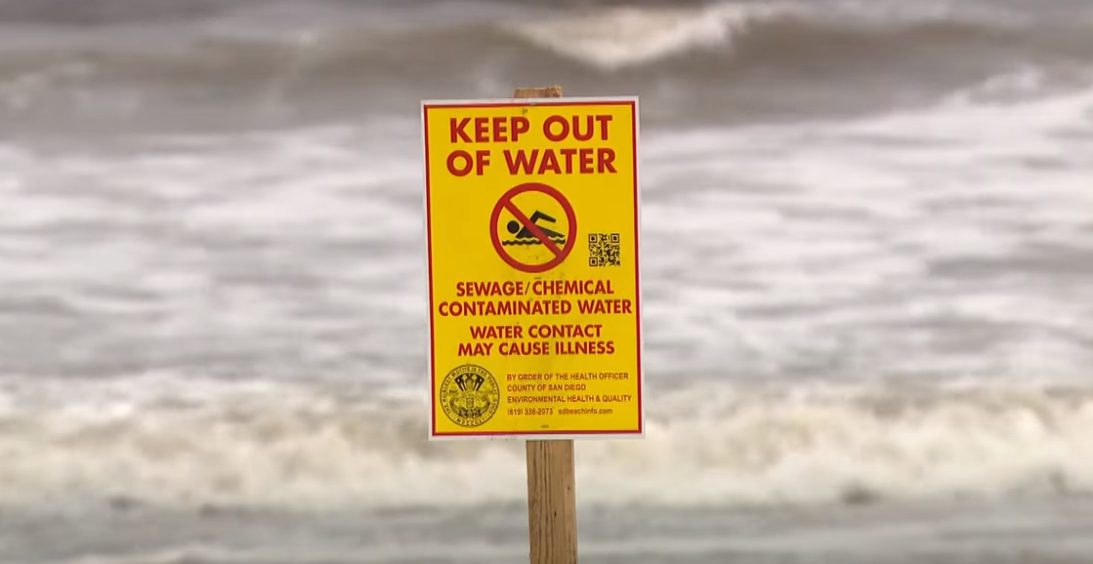- EPA and Mexico shave nearly a year from key sewage-control timelines.
- Total of 12 years removed across binational projects since July 2025 MOU.
- New agreements focus on faster construction, accountability, and cross-border coordination.
Friday, October 31, 2025 — According to the U.S. Environmental Protection Agency (EPA) , the agency has shortened construction schedules for wastewater-control projects along the U.S.–Mexico border by an additional nine months following a 100-day review completed October 30, 2025. The review stemmed from a Memorandum of Understanding (MOU)
, the agency has shortened construction schedules for wastewater-control projects along the U.S.–Mexico border by an additional nine months following a 100-day review completed October 30, 2025. The review stemmed from a Memorandum of Understanding (MOU) signed in July by EPA Administrator Lee Zeldin and Mexico’s Environment Secretary Alicia Bárcena Ibarra.
signed in July by EPA Administrator Lee Zeldin and Mexico’s Environment Secretary Alicia Bárcena Ibarra.
The MOU targets the long-running sewage contamination of the Tijuana River Valley, where cross-border spills have periodically closed beaches and damaged coastal ecosystems. EPA officials said every active project is now on schedule and performing ahead of the earlier Minute 328 commitments negotiated in 2022 between the two nations’ boundary commissions.
Where Time Was Saved.
The joint task group—composed of the EPA, U.S. International Boundary and Water Commission (IBWC), and Mexico’s SEMARNAT—identified two projects with measurable gains:
-
Tijuana River Gates and Pipelines: Six months cut from work to replace 23,000 feet of deteriorating concrete pipes leaking raw sewage into the Alamar and Tijuana Rivers.
-
Pump Station 1 Rehabilitation: Three months trimmed from backup-pump upgrades intended to prevent spills when primary units fail.
Altogether, roughly 12 years of cumulative construction time have been eliminated across all U.S.- and Mexico-side projects since July’s agreement.
A Framework for Faster Coordination.
The MOU established three pillars for a “permanent resolution:”
-
Securing Mexico’s financial participation;
-
Accelerating project delivery; and
-
Adding capacity for future population growth in the Tijuana River Valley.
EPA leaders said the framework mirrors the agency’s broader Water Sector Cybersecurity Task Force model introduced earlier this year—emphasizing clear ownership, cross-agency collaboration, and executive-level accountability to keep infrastructure projects on track.
What Has Been Completed.
In August 2025, the EPA and IBWC finished a 10-million-gallon-per-day expansion of the South Bay International Wastewater Treatment Plant. Originally planned for two years, the project was delivered in 100 days. Plans call for additional expansion to 50 million gallons per day or more by December 31, 2027—approximately 3½ years ahead of prior estimates.
Officials expect a new treaty “Minute” outlining next-phase obligations to be signed before the end of 2025.
Implications for Border Communities.
The Tijuana River Valley has been one of the nation’s most persistent cross-border pollution problems. Untreated sewage entering U.S. waters affects public health, recreation, and military training operations in coastal San Diego County. While extensive construction remains, accelerated timelines suggest residents could see earlier reductions in beach closures and odor events.
Image: Screenshot from video about the Tijuana sewage contamination problem.
FAQ
What is Minute 328?
It is a 2022 agreement under the U.S.–Mexico International Boundary and Water Commission to manage sewage-control projects in the Tijuana River Valley.
What did the July 2025 MOU change?
It established a binational working group to compress construction schedules, verify funding commitments, and coordinate design upgrades beyond those covered by Minute 328.
How does cybersecurity relate to this effort?
The EPA’s 2025 Water Sector Cybersecurity Task Force recommended clearer ownership and faster coordination for all critical-infrastructure projects, lessons now being applied to cross-border wastewater systems.
When will all construction be complete?
The expanded treatment capacity is scheduled for completion by the end of 2027, pending treaty finalization later in 2025.
Who benefits most?
Residents of San Diego County and nearby Mexican communities stand to gain from cleaner water, fewer sewage spills, and improved public health protection.





